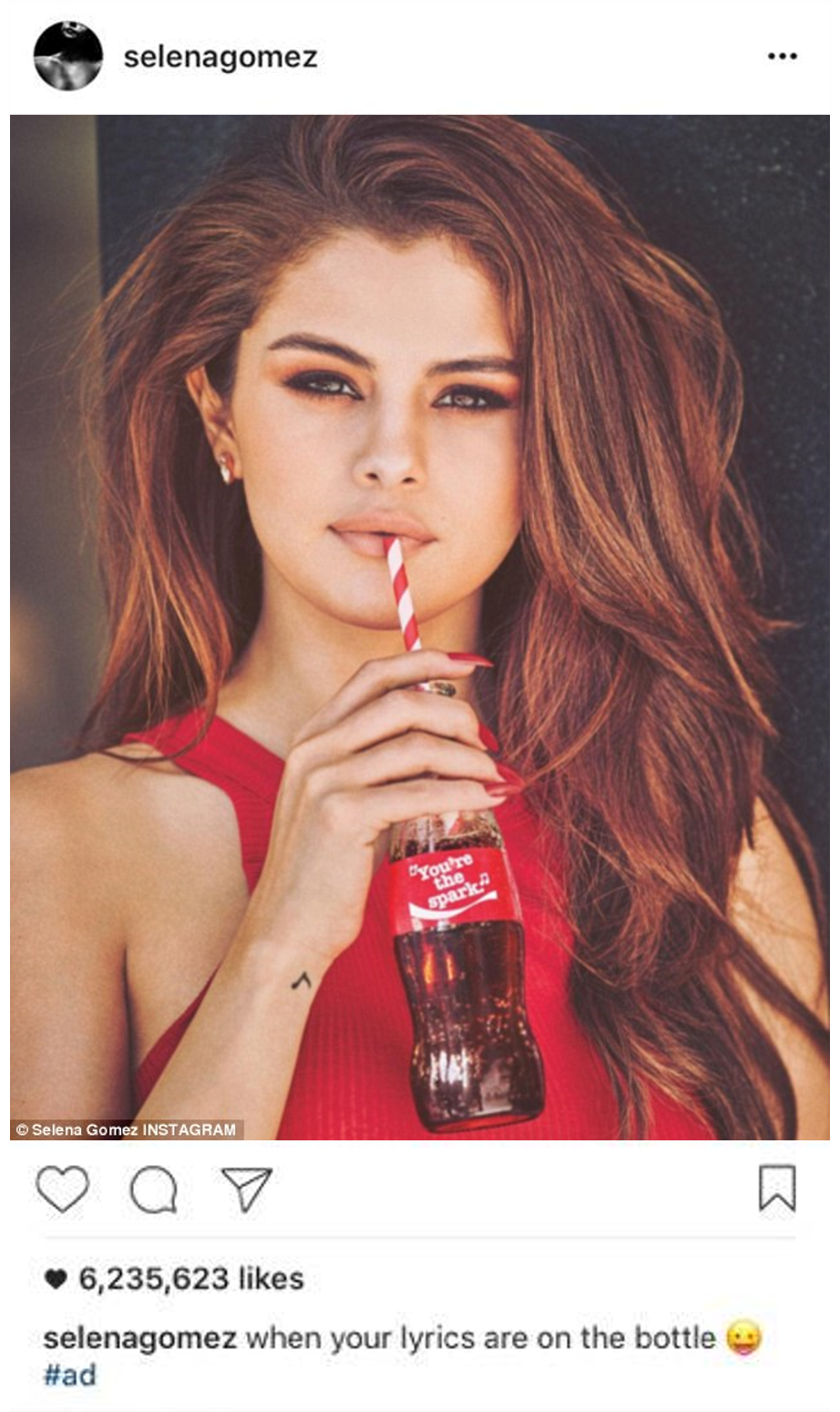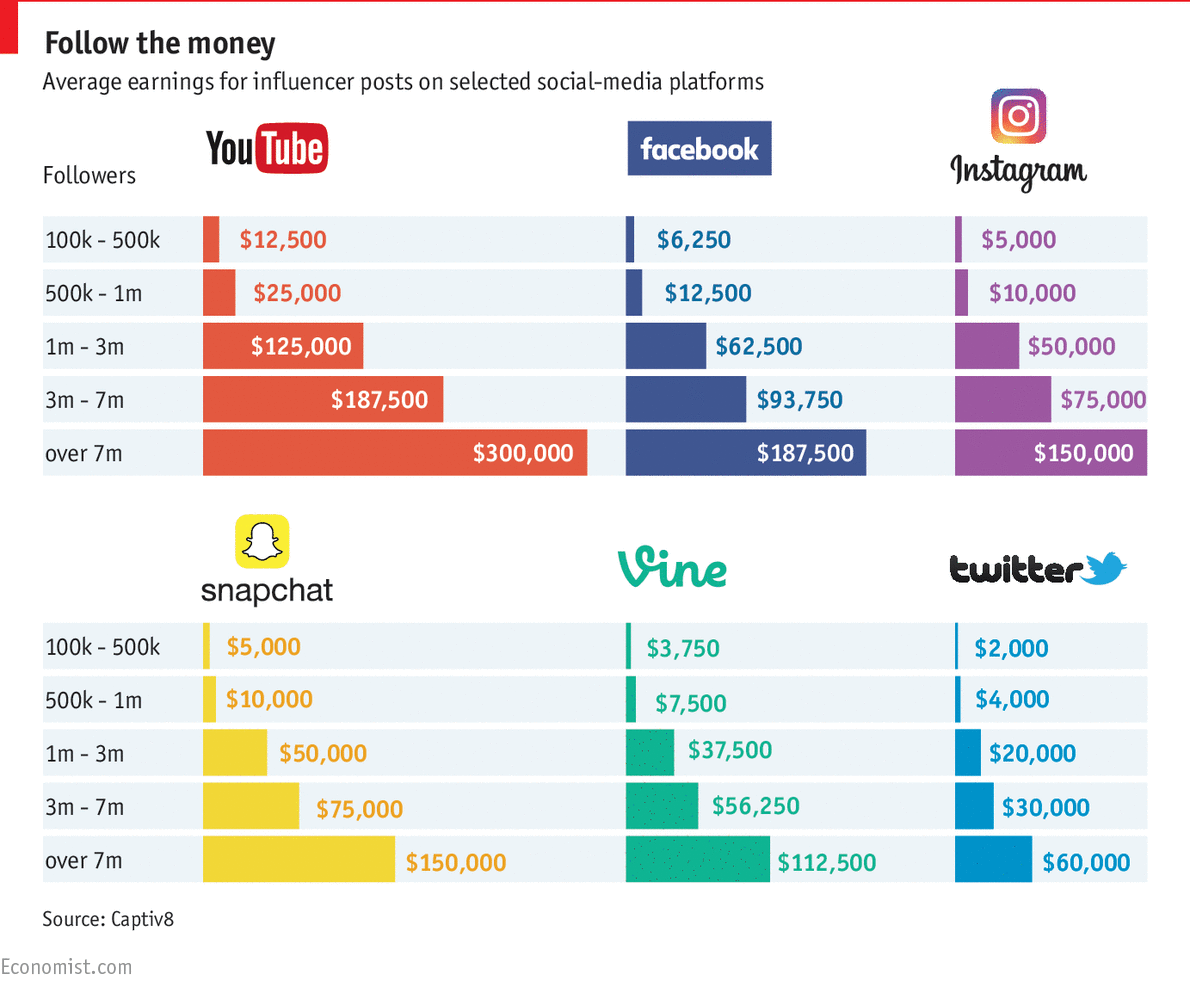
Evolve With Social Or It Will Pass You By
12th July, 2017
Social is soaring and it doesn’t look set to slow down anytime soon. The majority of online users are moving away from computers in favour of smartphones. Figures released by OFCOM show 66% of the UK own a smartphone, as do 90% of 16-24 year olds. It’s the latter group that makes brand sponsorship on social platforms very profitable to those targeting their content at millennials. Social media sponsored content is fast becoming the best way to reach out and inform a digital generation.
Brands generally prefer the method of sponsored content as it differs from usual native advertising and its purpose is to inform and not necessarily convince its audience, keeping the brand message much more authentic.
A case study posted on the Instagram website claims that sponsored posts results in 2.8x higher ad recall than other online advertising. The soft nature of the posts and the tailored way in which Instagram integrates the posts are the likely reasons for the higher re-call rate. The company has also moved to close the gap between celebrity endorsements and sponsored posts by placing them under one umbrella. Snapchat has also introduced it’s sponsored filters campaign, where brands can sponsor a filter for a specific amount of time. With 150 million users daily it makes for a very lucrative opportunity.
Facebook has gone a slightly different way and created a unique sponsorship system, which is now in high demand. The company allows brands to sponsor user activity instead of posts. Partner’s simply pay to highlight an action that users have already taken on the social network or within a Facebook-connected app.
Social platforms have created great ways for brands to capitalise through sponsored content and thus far, audiences have been receptive to this influencing method due to sponsorship’s credibility to not be so intrusive. With social media continuously evolving and creating new opportunities for brands, rights holders must ensure that they are constantly up to date with changes so that they too can offer relevant opportunities for brands. It is not enough anymore to offer Facebook or Twitter posts as part of a sponsorship package. Rights holders need to understand how brands will want to use social platforms to ensure maximum cut through.


